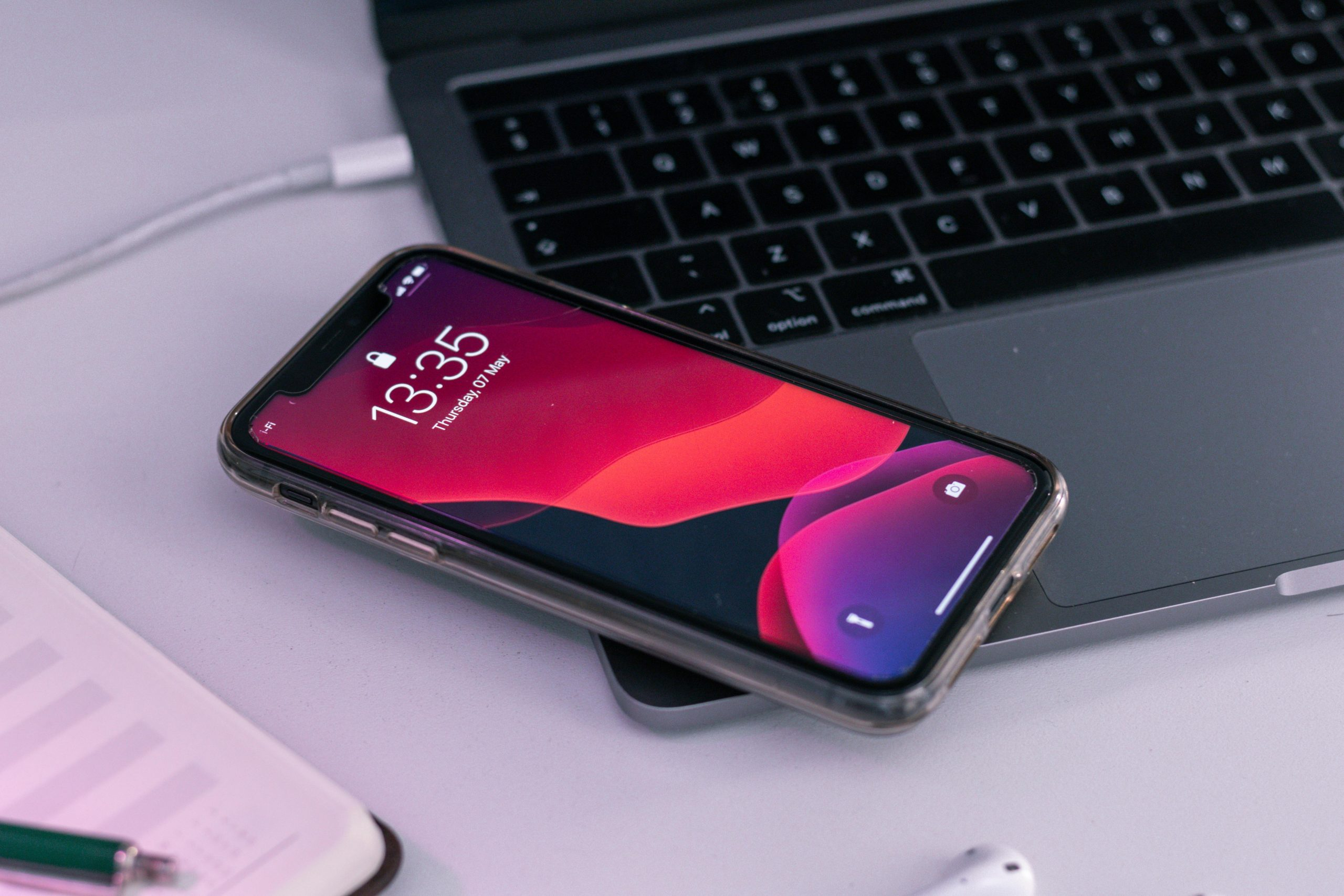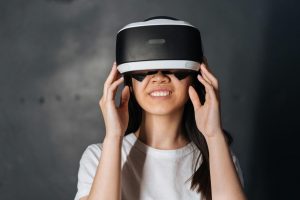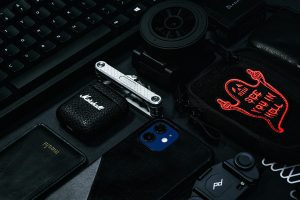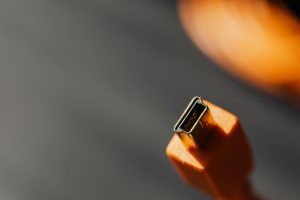Wearable Payment Devices for Seamless Transactions
Wearable technology has revolutionized the way we live, from tracking our fitness to controlling our smart homes. But what if we told you that you could also use your wearable device to make seamless transactions? That’s right, no more fumbling for your credit card or cash – just a simple tap or wave of your wrist and you’re good to go. The rise of wearable payment devices have provided convenience and ease for consumers, making in-store and online transactions quicker and simpler than ever before.
The Rise of Wearable Payment Devices
Wearable payment devices, also known as contactless payment devices, have been around for a few years now. However, with the increasing popularity and advancements in technology, they have taken the market by storm. These devices are typically in the form of a watch or a fitness band and use near field communication (NFC) technology to enable contactless payments.
The adoption of wearable payment devices has been on a steady rise, with a report by Juniper Research predicting that the use of these devices will exceed $500 billion by 2021. This surge can be attributed to the convenience and security they offer consumers. With the increasing concern for contactless transactions during the ongoing Covid-19 pandemic, these devices have become even more relevant and in-demand.
How Do They Work?
Wearable payment devices utilize NFC technology, which allows them to communicate with payment terminals within a certain distance. This means that all you need to do is slide or wave your device near the terminal to make a payment. Some devices may also require a PIN to complete the transaction, adding an extra layer of security.
These devices are also linked to your bank account or credit card, so you don’t have to worry about running out of funds. You can easily keep track of your transactions through your device’s corresponding app or through your bank’s online banking system.
Benefits of Wearable Payment Devices
Convenience
One of the main advantages of using a wearable payment device is the convenience it offers. You no longer have to carry multiple cards or cash with you, as your device acts as a virtual wallet. This is particularly useful during times when you need to travel light or when you’re engaged in physical activities where carrying a wallet or purse may be inconvenient.
Speed
With the tap or wave of your wrist, you can make a payment within seconds. This significantly reduces transaction time, especially in busy store queues. It’s also a great option for public transportation, as you can easily pay your fare without having to dig for exact change.
Security
Wearable payment devices offer enhanced security compared to traditional payment methods. With NFC technology, the device must be in close proximity to the payment terminal, making it difficult for anyone to intercept your personal information. Additionally, some devices require a PIN or biometric scan for added security.
The Future of Wearable Payments
The rise in popularity of wearable payment devices is only set to continue in the future. With advancements in technology, we can expect to see even more innovative features and a wider range of devices in the market. Wearable payments are also expected to expand beyond just shopping and transportation, to also include other services such as healthcare and entertainment.
Furthermore, the ongoing pandemic has highlighted the need for contactless transactions, making wearable payment devices a viable and preferred option for consumers. As more and more businesses and retailers adopt NFC technology, the use of these devices will become even more widespread.
In Conclusion
Wearable payment devices offer a convenient, speedy, and secure way to make transactions. With the advancements in technology and the current global climate, these devices are set to become an integral part of our daily lives. Whether it’s for shopping, traveling, or other services, wearable payments make our lives a little easier and hassle-free. So, if you haven’t jumped on the bandwagon yet, now is the time to do so and experience the seamless transactions that wearable payment devices have to offer.











